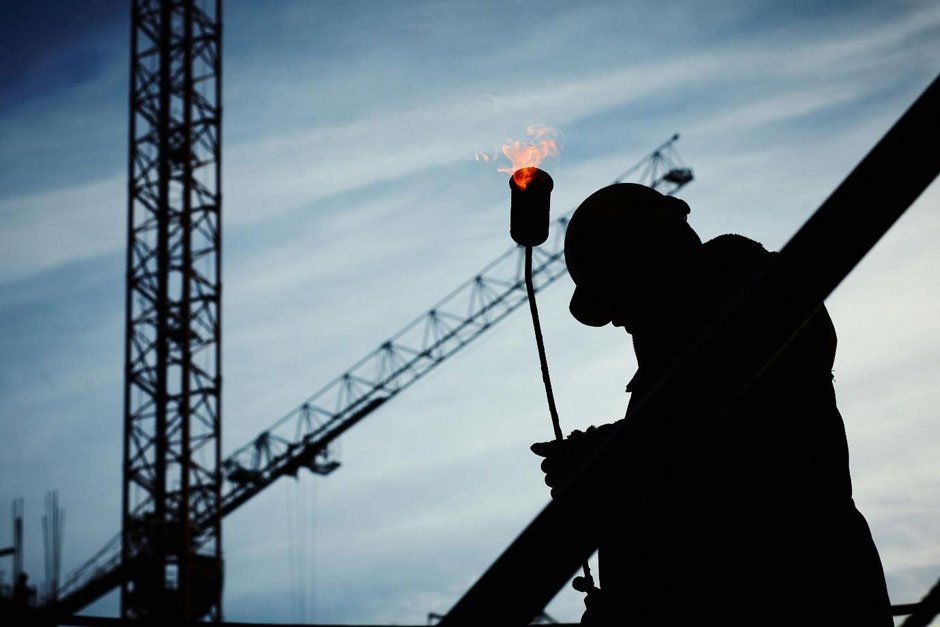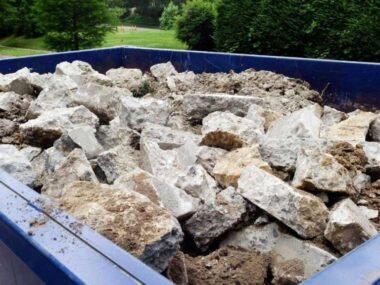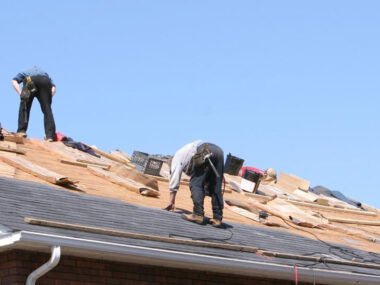Being in charge of any type of construction site, whether it is a huge housing development or largescale building construction, you may want to have a checklist as it is imperative for both the efficiency of the site and its safety.
The contents of the construction site checklist will, of course, depend on how much is being done – but there are certain features that you will need to include to make sure you are protecting yourself, the site, the build, and your workers.
Basic Features of a Construction Site Checklist
1. Plans
In the first part of the checklist, you need to include all the strategy and planning documentation so that you can ensure the build is progressing according to the pre-planned schedule. There are several ways that you can do this. Having a structure for your materials and equipment is an important plan. Consider an Arch construction Guide for a quick and reliable example.
Remember that you will need to cover all aspects of regulatory compliance and reporting as well as inspection, maintenance and monitoring of vehicle and equipment use.
- Programme:This can take the form of a visual calendar including all dates where different contractors are due to be on site, what they are completing on each day, and when they are leaving. Usually this will have been planned out meticulously before the planned start date but will be updated with actual progress when there are changes – such as adverse weather conditions – that have delayed things.
- Method Statements: These documents give all labourers the information they need about each stage of the construction, so that they can understand the correct way to complete each part of the build.
- Risk Assessment:Linked to health and safety, risk assessments are an in-depth look at each potential risk alongside the mitigation that the site workers have to take to protect themselves.
- Staff Documents:Every person on site needs to have had a site induction as well as permits to work, and as site manager you should have had sight of their training records and certification, so you know they are qualified to complete the tasks required of them.
- Contract Documents: These documents are used as a referral point for the workers on site, and will usually comprise of architect drawings, specifications, the scope of work, and structural calculations.
2. Health and Safety
Site safety starts with how the site is set up, so the first thing to ensure you have in place is good housekeeping practices. Make sure that pathways are kept clear, waste disposal is organised and that there are specific management techniques in place for any spills.
In addition, you should consider the following:
- Hazard Communication: Based on the risk assessments, the site manager needs to ensure that all risks and hazards are communicated to site workers. This might include signage, labels and Material Safety Data Sheets, but also includes training and toolbox talks.
- PPE:While it is the responsibility of the individual to ensure that they have the right PPE for the task they are completing, the site manager needs to ensure that PPE is available. This includes helmets or hard hats, safety goggles, gloves, and hi-visibility clothing.
- Fall Protection:Any site where there is a risk of a fall over 2m needs to have guardrails and barriers set up. Staff working at height should have harnesses where appropriate.
- Equipment and Vehicles:Maintenance schedule should be adhered to, as well as regular checks and training where needed.
- Emergency Preparedness: There should be at least one fully stocked first aid kit on site with a trained person to use it. All staff should know who to go to if they have an accident or get injured, and this should always be recorded in an accident book. All staff should have fire safety training and know who to contact in an emergency.
Site safety and efficiency won’t work properly without paperwork and documentation, so to ensure your construction goes smoothly, don’t skip the back-office work first.










